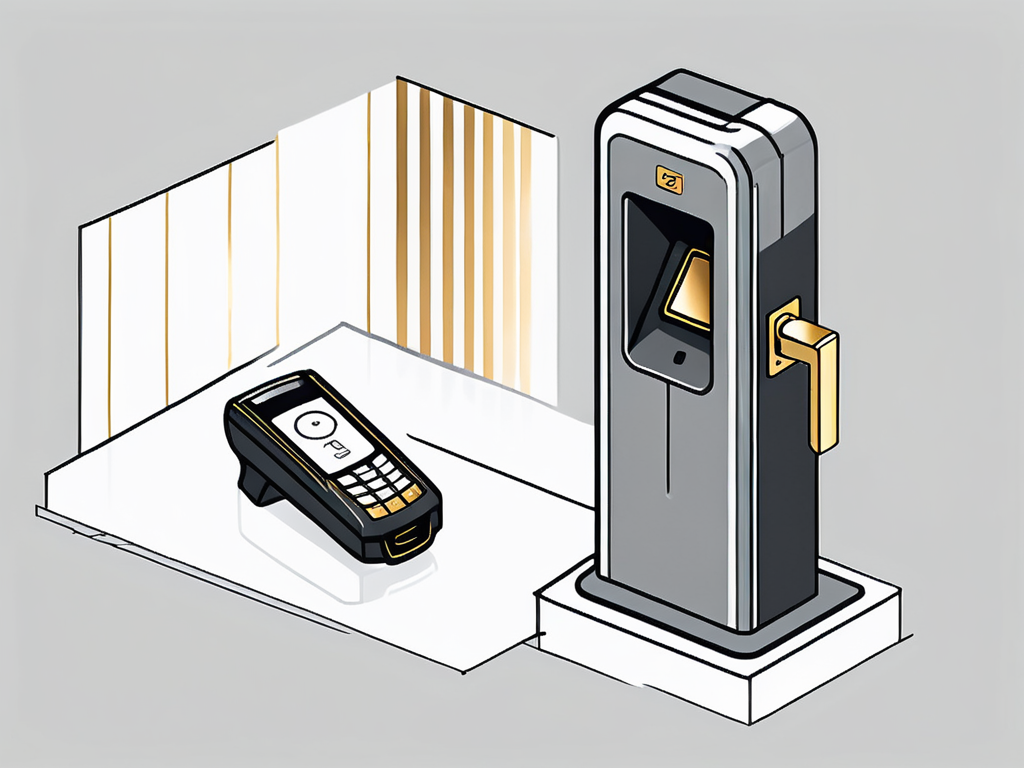
Access Control Systems: Enhancing Campus Safety in Educational Institutions
In the modern era, the safety of students, faculty, and staff in educational institutions is of paramount importance. Access control systems play a pivotal role in ensuring this safety, providing a secure environment where education and growth can flourish.
Understanding Access Control Systems
Access control systems are security measures that regulate who or what can view or use resources in a computing environment. They are a fundamental component of security compliance programs that ensure security technology and access control policies are in place to protect confidential information, such as student records.
These systems can be physical or digital in nature. Physical access control limits access to campuses, buildings, rooms and physical IT assets. Digital access control limits connections to computer networks, system files and data.
The Role of Access Control Systems in Educational Institutions
Access control systems in educational institutions serve a dual purpose. Firstly, they protect the physical integrity of the campus infrastructure. Secondly, they safeguard the intellectual property and personal data of students and staff.
By restricting unauthorized access, these systems prevent vandalism, theft, and potential harm to individuals on campus. They also protect sensitive data from cyber threats, ensuring compliance with data protection regulations. This is extremely important as students are, in many cases, alone for the first time and take their security for granted.
Types of Access Control Systems
There are several types of access control systems, each with its unique features and applications. The choice of system depends on the specific needs and resources of the educational institution.
Some of the most common types include Discretionary Access Control (DAC), Mandatory Access Control (MAC), and Role-Based Access Control (RBAC). Pavion, a leader in the field, specializes in these and other advanced access control systems.
Discretionary Access Control (DAC)
DAC is a type of access control system that allows the owner of the information or resource to decide who can access specific resources. This system is flexible and allows users to share information easily, but it also requires a high level of trust in users, as they have the power to share access.
Mandatory Access Control (MAC)
MAC is a more rigid system where access to resources is controlled by the system itself, not by users. In a MAC environment, access is granted or denied based on the information’s classification and the user’s security clearance. This system is commonly used in organizations that require a high level of data security.
Role-Based Access Control (RBAC)
RBAC, also known as Non-Discretionary Access Control, assigns access rights based on roles within the organization. Users are only allowed to access the information necessary to perform their roles. This system is flexible, easy to manage, and ideal for large organizations.
Integrating Access Control with Other Security Systems
For optimal security, access control systems should be integrated with other security systems on campus. This includes video surveillance, intrusion detection systems, and fire control panels like the EST3 and EST4 from Edwards.

Integration allows for a unified approach to security, where all systems work together to provide comprehensive protection. For example, if an access control system detects an unauthorized entry, it can trigger the video surveillance system to record the incident and the intrusion detection system to alert security personnel.
The Importance of Fire Control Panels
Fire control panels like the EST3 and EST4 are crucial components of a comprehensive security system. These panels unify fire alarm, smoke control, security, and mass notification systems, providing a centralized point of control in the event of an emergency.
By integrating these panels with access control systems, educational institutions can ensure a swift and coordinated response to any incident, minimizing potential damage and ensuring the safety of all individuals on campus.
Conclusion
Access control systems are an essential part of campus safety in educational institutions. By controlling who can access physical and digital resources, these systems protect both the physical safety of individuals and the security of data.
With the expertise of companies like Pavion and the use of advanced technology like the EST3 and EST4 fire control panels, educational institutions can create a secure environment where students and staff can focus on what truly matters: education and personal growth.
Secure Your Campus with Pavion
Ready to elevate the safety and security of your educational institution? Pavion is here to guide you through the process with our comprehensive fire, security, and integration solutions. Take the first step towards a safer learning environment and Get a Free System Assessment today. Let us help you connect and protect your campus, ensuring peace of mind for students, faculty, and staff alike.